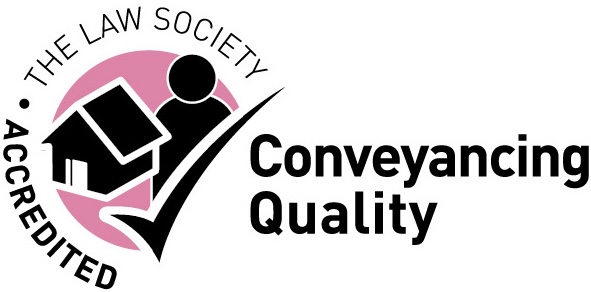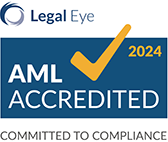If you own your own home or you are thinking of buying, you may be aware of restrictive covenants. These are legally binding conditions that limit how you can use the property in some way.
When a property is initially built and sold, the landowner has the option of including restrictive covenants in the document conveying the property to the new owner. If the wording states that the covenant is binding on all successors in title, then it will generally bind all future owners of the property. It is often the case that the covenant will bind all future purchasers even if this wording is not included.
Examples of restrictive covenants
Developers often include restrictive covenants to try and ensure that an estate remains uniform in appearance and that nuisance is kept to a minimum. Examples of restrictive covenants include:
- No building forward of the property line
- No parking of caravans
- No noise or nuisance
- No business to be run from the property
- No fencing at the front of the property
It is not always clear whether a restrictive covenant will be binding on all future purchasers. Deciding whether this is the case will depend on whether the land benefiting from the covenant is clearly defined and if it can be proved that this is the land that was intended to benefit. The covenant must also concern the land, which means that it should deal with the nature, quality, value or use of the land.
Can a restrictive covenant be removed?
If there is a binding restrictive covenant over your land, you may want to try to remove it, for example, if you wanted to add an outbuilding such as a garage or home office, but the deeds contain a restrictive covenant prohibiting this.
The first step is to check with a property solicitor that the restrictive covenant does apply to you if you are a successor in title to the property, ie. not the original purchaser.
The next step is to try and ascertain who has the benefit of the restrictive covenant. This could be the original developer, or it might be your neighbour. You can approach them and ask if they would be prepared to agree to discharge or alter the covenant.
Applying to the court for the alteration or removal of a restrictive covenant
In some circumstances, it may be possible to ask the Upper Tribunal (Lands Chamber) to change or discharge a restrictive covenant. This can be done if:
- The covenant is obsolete
- The covenant hinders a reasonable use of the land or is contrary to the public interest and the person with the benefit of the covenant can be compensated financially
- Those with the benefit of the covenant agree to the alteration or removal
- Changing or discharging the covenant will not injure the person with the benefit of the covenant, or if it does, they can be adequately compensated
What happens if I have breached a restrictive covenant and I want to sell my property?
It is often the case that someone has altered a property without realising that this breaches a restrictive covenant. The individual with the benefit of the covenant may be impossible to trace. If you are selling your home, the buyer’s solicitor will usually ask a number of questions, such as how long the breach has occurred for and whether any objection has been raised. They will also require you to put an indemnity insurance policy in place. This would give the buyer cover in the event that the person with the benefit of the restrictive covenant was to get in touch at a later date and require the breach to be remedied, for example, by removing the alterations.
Contact us
If you would like to speak to one of our expert property lawyers, ring us on 0333 3055 189 or email us at info@lpropertylawyers.co.uk


